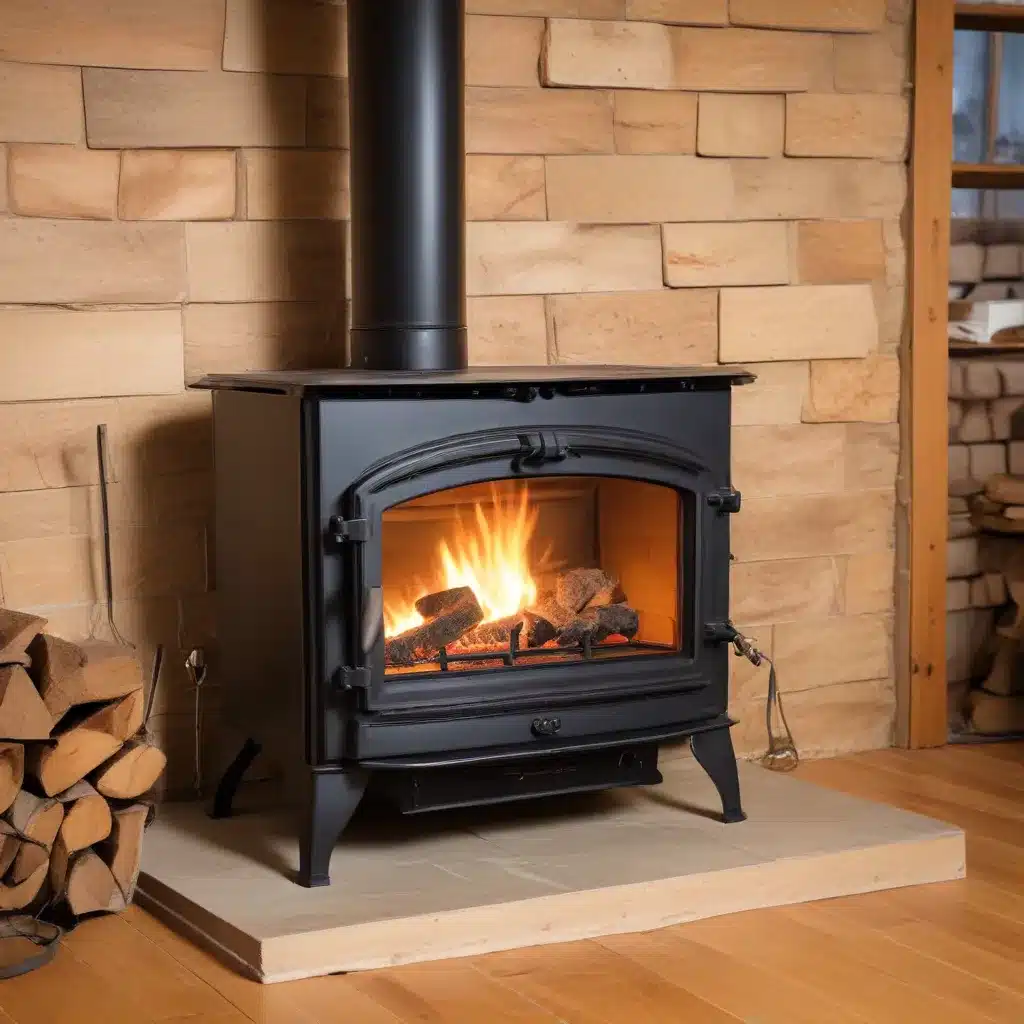
Unlocking the Full Potential of Your Wood Stove
As a seasoned expert in the world of wood stoves and heating solutions, I’m here to share practical tips and in-depth insights to help you customize your wood stove for maximum heat output. Whether you’re a new homeowner exploring alternative heating options or a seasoned wood stove enthusiast looking to optimize your system, this comprehensive guide will empower you to extract the most warmth and efficiency from your investment.
Understanding the Fundamentals of Wood Stove Heating
At the heart of effective wood stove heating lies a delicate balance between airflow, fuel management, and heat distribution. By mastering these key elements, you can transform your wood stove into a powerhouse of warmth and comfort.
Airflow Control: The air supply to your wood stove is crucial for efficient combustion and heat output. Adjusting the air vents or dampers can significantly impact the burn rate and the intensity of the fire. Experiment with different vent settings to find the sweet spot that produces a steady, hot burn without wasting fuel.
Fuel Selection and Loading: The type of wood you choose and how you load it into the stove can make a big difference in heat output. Opt for well-seasoned, dense hardwoods like oak, maple, or ash, as they tend to burn hotter and longer than softwoods. Arrange the logs in a way that promotes airflow and allows for a controlled, steady burn.
Heat Distribution: Ensuring the heat from your wood stove is effectively distributed throughout your living space is essential for maximizing comfort. Consider adding a fan or blower system to circulate the warm air, or explore options for integrating your wood stove with a hydronic heating system for even heat distribution.
Customizing Your Wood Stove: DIY Modifications
Now that you understand the fundamental principles, let’s dive into some practical DIY tips to customize your wood stove and unlock its full potential.
Improving Airflow and Combustion
1. Adjust the Air Intake Vents: Closely monitor the air intake vents on your wood stove and experiment with different settings to find the optimal balance between air supply and heat output. Partially closing the vents can help retain heat in the firebox, while opening them wider can increase the burn rate and intensity.
2. Install a Secondary Air Intake: Some wood stoves may benefit from a secondary air intake, which can be added to the stove’s design. This additional airflow can enhance combustion, leading to a hotter, more efficient burn.
3. Modify the Flue or Chimney: Ensuring the proper draft in your flue or chimney is crucial for efficient wood stove operation. Consider adjusting the flue damper or even extending the chimney height to improve the draw and airflow.
Enhancing Heat Transfer
1. Add a Heat Exchanger: Installing a heat exchanger within your wood stove can significantly improve heat transfer and distribution. These devices, often made of metal, help capture and radiate the heat more effectively, directing it into your living space.
2. Incorporate a Blower or Fan System: Integrating a blower or fan system with your wood stove can dramatically increase the circulation of warm air throughout your home. These systems, which can be either manual or thermostatically controlled, help push the heated air into the surrounding areas, maximizing the stove’s efficiency.
3. Explore Hydronic Heating Integration: For a more comprehensive heating solution, consider integrating your wood stove with a hydronic heating system. By circulating hot water through a network of radiators or underfloor pipes, you can achieve even, whole-home heating, taking full advantage of the wood stove’s heat output.
Improving Fuel Efficiency
1. Upgrade to a More Efficient Wood Stove Model: If your current wood stove is outdated or inefficient, consider investing in a newer, high-efficiency model. These advanced stoves are designed to burn wood more cleanly and completely, resulting in greater heat output and reduced fuel consumption.
2. Insulate the Firebox: Upgrading the insulation within your wood stove’s firebox can help retain heat and improve overall efficiency. This can be done by installing specialized fiberglass or ceramic insulation panels, which reflect heat back into the combustion chamber.
3. Optimize the Burn Rate: Experiment with different wood-loading techniques and burn rate adjustments to find the sweet spot that maximizes heat output while minimizing fuel consumption. This may involve techniques like the “top-down” burn method or strategically arranging the logs to promote a controlled, efficient burn.
Mastering Wood Stove Maintenance
Proper maintenance is crucial for ensuring the long-term performance and safety of your wood stove. Regular cleaning, inspection, and minor repairs can keep your system running at its best and prevent potential hazards.
1. Clean the Chimney and Flue: Hire a professional chimney sweep to clean and inspect your wood stove’s chimney and flue at least once a year. This helps remove built-up creosote, which can be a fire hazard, and ensures proper airflow.
2. Check for Wear and Tear: Regularly inspect your wood stove for any signs of damage or wear, such as cracks, warping, or deteriorating gaskets. Address these issues promptly to maintain optimal performance and safety.
3. Perform Routine Cleaning: Keep your wood stove’s interior and exterior surfaces clean by brushing out ashes and wiping down the surfaces. This helps maintain efficiency and prevents the buildup of debris that could impede airflow.
By following these customization techniques and maintenance best practices, you’ll be well on your way to unlocking the full potential of your wood stove and enjoying maximum heat output in your home. Remember, every wood stove and installation is unique, so be prepared to experiment and find the perfect balance that works for your specific needs.
For more information on wood stoves, fireplace maintenance, and sustainable heating solutions, be sure to visit https://woodstoveheaters.com/. Our team of experts is dedicated to providing comprehensive resources and personalized guidance to help you stay warm and cozy all year round.


